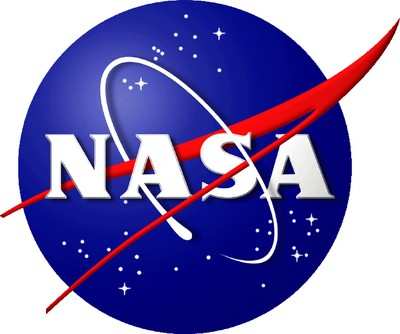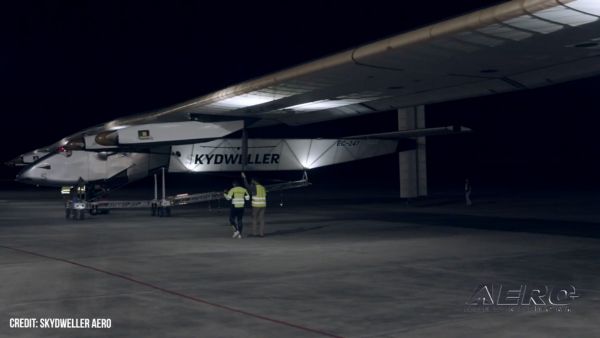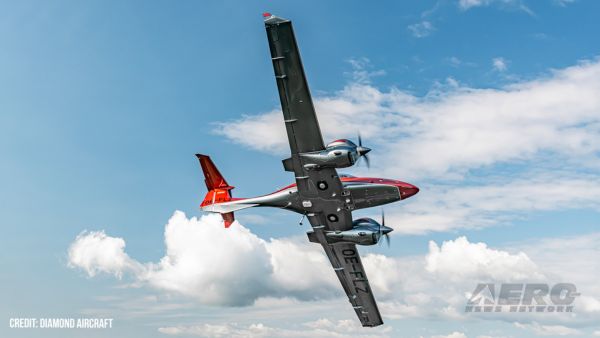Vehicles Will Carry Engineering Payloads To Altitudes Of Up To A Mile High
Organizers of the NASA Student Launch Projects have announced the 57 student teams whose inventive creations will be launched in April during the space agency's 2012-13 rocketry challenge.

Representing schools in 26 states around the country, participating teams each will design and build a large, high-powered rocket, complete with a working science or engineering payload and capable of flying to the target altitude of 1 mile. NASA created the rocketry challenge to encourage young people to pursue careers in the science, technology, engineering and mathematics (STEM) fields.
"Every year, the NASA Student Launch Projects build on our students' classroom studies in an energizing, exciting way," said Tammy Rowan, manager of the Academic Affairs Office at NASA's Marshall Space Flight Center in Huntsville, AL, which organizes the event. "It's great fun, but it also reflects the real-world complexity of planning missions, building flight hardware and completing tough pre-flight checks and reviews. It tests their problem-solving skills and gives them practical, hands-on experience. We hope the experience is so unforgettable it leads many of them to become the nation's next generation of scientists, engineers and space explorers."
Twenty-one middle school and high school teams will take part in the Student Launch Initiative, which is non-competitive. Thirty-six college and university teams will compete in the University Student Launch Initiative with a $5,000 first-place award provided by ATK Aerospace Group of Salt Lake City going to the winner.
"We are proud to be sponsoring NASA's Student Launch Competition for the sixth year," said Kent Rominger, a former astronaut who is vice president of business development for ATK's Space Launch Division. "Each year we are impressed with the level of skill and knowledge these students exhibit. We are very optimistic and excited about the caliber of individuals that could become our future work force."
Building the powerful rockets and designing and integrating the onboard engineering or science payloads are only two parts of the challenge. Teams also must maintain detailed preliminary and post-launch reports, and build and regularly update a public website to document their rocket-building experience. Each team also will develop an educational engagement program to inspire and educate younger students in their local school system and community.
In 2013, the teams will travel to Marshall, where their rockets will undergo a series of intensive reviews and safety inspections -- a smaller-scale version of the rigorous processes applied to the nation's space vehicles. The culmination of their work is set for April 21, when the students launch their creations one by one into the skies over northern Alabama. Each will be seeking the elusive 1-mile altitude goal, as well as a variety of annual awards for vehicle design, engineering excellence and team spirit.
The 26 states represented are Alabama, California, Florida, Georgia, Hawaii, Illinois, Indiana, Iowa, Kentucky, Massachusetts, Michigan, Minnesota, Mississippi, Nebraska, New Hampshire, New Mexico, New York, North Carolina, North Dakota, Ohio, Pennsylvania, Tennessee, Texas, Virginia, Washington and Wisconsin.
 ANN's Daily Aero-Term (04.28.24): Airport Marking Aids
ANN's Daily Aero-Term (04.28.24): Airport Marking Aids Aero-News: Quote of the Day (04.28.24)
Aero-News: Quote of the Day (04.28.24) ANN's Daily Aero-Linx (04.28.24)
ANN's Daily Aero-Linx (04.28.24) Aero-News: Quote of the Day (04.29.24)
Aero-News: Quote of the Day (04.29.24) ANN's Daily Aero-Linx (04.29.24)
ANN's Daily Aero-Linx (04.29.24)



